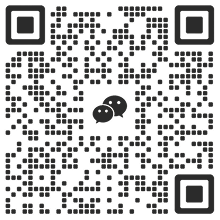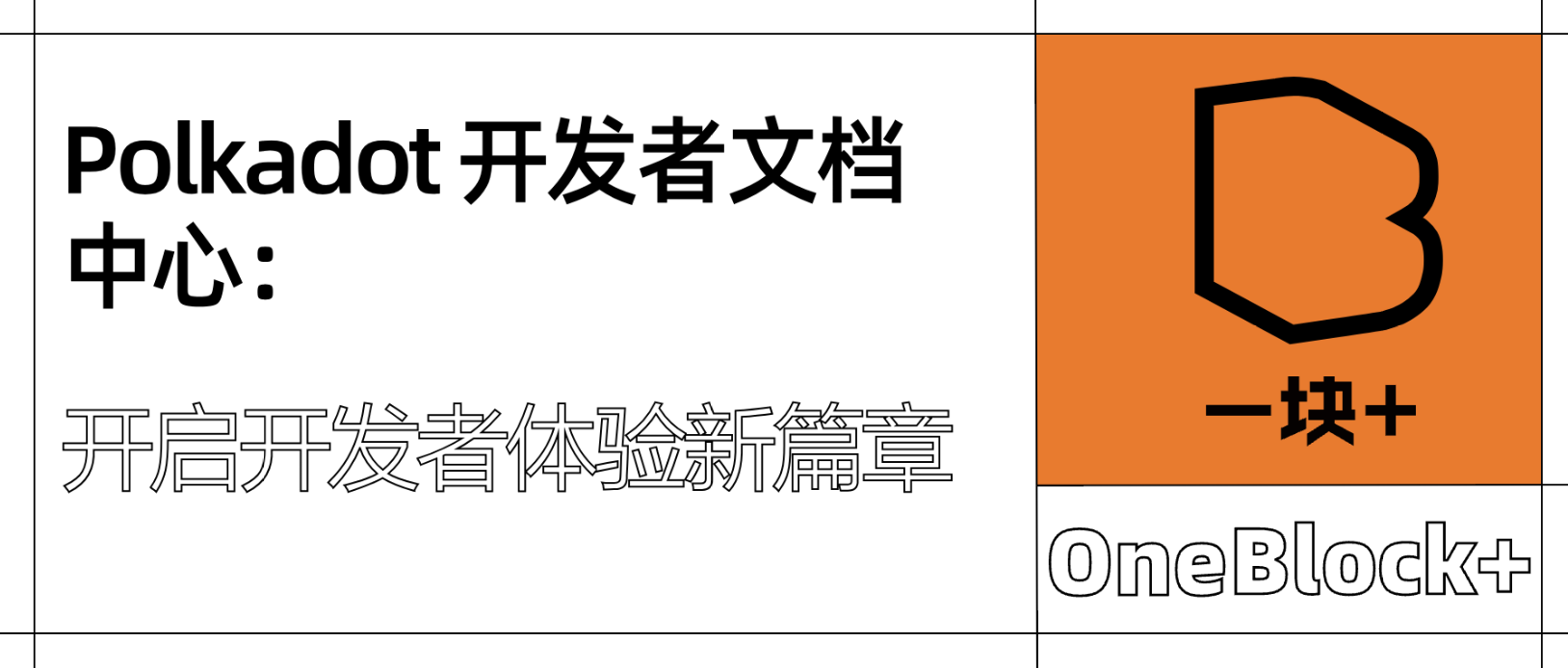
Original article: https://polkadot.com/blog/polkadot-dev-docs-hub
Author: Alberto Viera (Founder of PaperMoon)
Compiled by: OneBlock+
With funding from Decentralized Futures, the PaperMoon team has officially launched the Polkadot Developer Documentation Center . This unified platform not only simplifies the developer onboarding process , but also provides comprehensive development resources and technical documentation , marking an important milestone in the development of the Polkadot ecosystem. Next, OneBlock+ will introduce the birth process, structural design, and future expansion plans of the Developer Documentation Center in detail.
Collaborative Innovation: The Birth of the Polkadot Developer Documentation Center
The Polkadot Developer Documentation Center was developed with funding from Decentralized Futures . This is a landmark project that embraces the spirit of decentralization and covers collaboration in multiple different areas. It not only shows how different teams can collaborate for a common goal, but also brings practical benefits to Polkadot, its ecosystem, and its community. PaperMoon is the main promoter and coordinator of the project, and the Web3 Foundation (W3F) provides important support in terms of feedback, content creation and migration, and legal advice. Distractive is responsible for the design of the landing page, brand guidance, information feedback, and support for the release process. Finally, Parity also participated in the development process and the implementation of some coordination work.

From fragmentation to unification: PaperMoon's mission and vision
After the PaperMoon team received funding from Decentralized Futures, the initial goal of the PaperMoon team was to create documentation related to the Polkadot ecosystem, covering everything from Chopsticks documentation to how to interact with the Asset Hub. However, as they set out to advance these milestones, the team quickly realized a more serious problem: the fragmented state of Polkadot developer documentation was seriously affecting developers’ getting started experience.
Developers have long faced the following challenges when using Polkadot documentation:
Information is scattered across multiple platforms including Substrate.io, Polkadot Wiki, GitHub, and forums.
Much of the documentation is out of date or the information you need is difficult to find.
Due to the inconsistency of resources , developers often feel confused and difficult when getting started.
Compared to other ecosystems, where many documents are hosted on the same domain as the main site, developers developing on Polkadot can easily get lost and not know where to start or how to find accurate information. This document fragmentation not only creates considerable friction points, but may even discourage developers, which in turn has a negative impact on SEO and other aspects.
While Polkadot is a sharded ecosystem, that doesn't mean its documentation has to be sharded, either. This realization prompted the PaperMoon team to propose a major shift to the W3F and DF committee: refocusing the Decentralized Futures mission to create a Polkadot Developer Documentation Center. The PaperMoon team's vision is clear: to make the center a unified entry point for developers to find the information they need when building on Polkadot . Whether the data is stored directly in the documentation center or developers are directed to external resources (such as the Polkadot-SDK Rust documentation), developers can confidently go to the documentation center and easily find the resources they need through reasonable guidance and narrative.
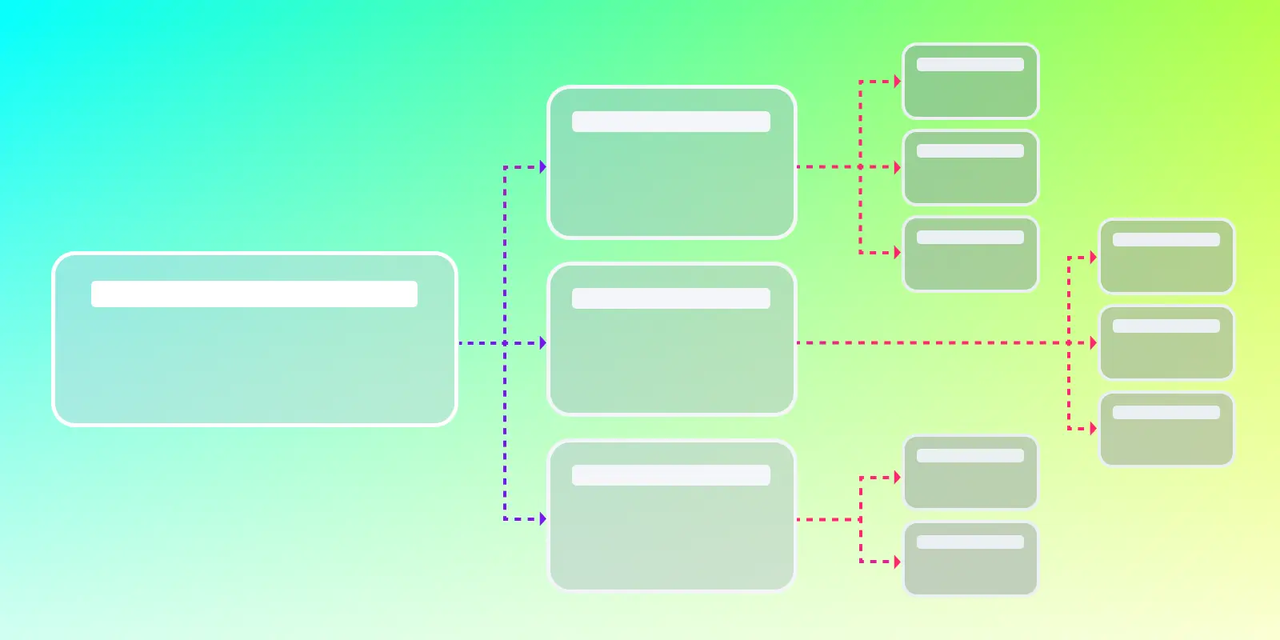
Finding the Right Content: Information Architecture
In order to determine the content structure of the Polkadot developer documentation center, the PaperMoon team conducted two independent rounds of information architecture exercises. Due to the fragmentation of content and the outdated nature of some information, the first exercise asked participants to list at least 15 topics or pages they would like to see in the documentation center. At this stage, the PaperMoon team invited 14 key ecosystem players from different fields to participate, including W3F, Parity, PaperMoon, Distractive, parachain teams, wallet developers, etc. In the end, participants submitted 154 suggestions covering 18 different categories. The backgrounds of the participants were very diverse, including 2 core developers, 2 marketers, 1 business developer, 3 developer relations personnel, 3 ecosystem team personnel, 2 technical educators, and 1 product engineer. By summarizing these suggestions, the team was able to have a clearer understanding of the focus of different areas.
After collecting these different suggestions, the second round of exercises asked participants to organize these suggestions into different modules and propose that these modules should become high-level classifications of documents. In this round of exercises, a total of 9 participants from technical orientations or who are very familiar with the Polkadot ecosystem participated. Through the summary of the results, at least 12 key modules were identified, laying the foundation for the final information architecture.
Through these two rounds of exercises and in-depth interactions with W3F and Parity, the PaperMoon team finally completed the final information architecture design of the Polkadot Developer Documentation Center. Today, you can see this version in the Documentation Center. In this version, developers are divided into the following four main categories:
Blockchain developers: developers who want to build blockchains based on the Polkadot SDK and launch on Polkadot. They need to understand the basic concepts of Polkadot, configure the chain to take advantage of Polkadot’s security, access different testing frameworks, understand runtime upgrades, etc.
Smart contract developers: Developers who want to build smart contract-based applications on the Polkadot ecosystem. They need to understand the different path options (such as EVM or Wasm), available tools, and chains that can be used (such as AssetHub, Acala, Astar, Moonbeam, etc.).
Infrastructure providers: Developers who want to run infrastructure (such as validators, RPC providers) on top of Polkadot. They need to understand how to properly set up an RPC or validator node and understand what it means to be a validator.
Tool developers: Developers who want to build common tools for the Polkadot ecosystem (such as SDKs, monitoring dashboards, websites, etc.). They need to understand the tools available in different programming languages.
The current preliminary version is just a starting point. Next, the PaperMoon team will communicate with a wider group of developers, collect feedback, and gain a deeper understanding of the specific needs of each audience. Only after gaining enough attention and time can we further refine the developer categories and provide more precise resources for developers with different needs.
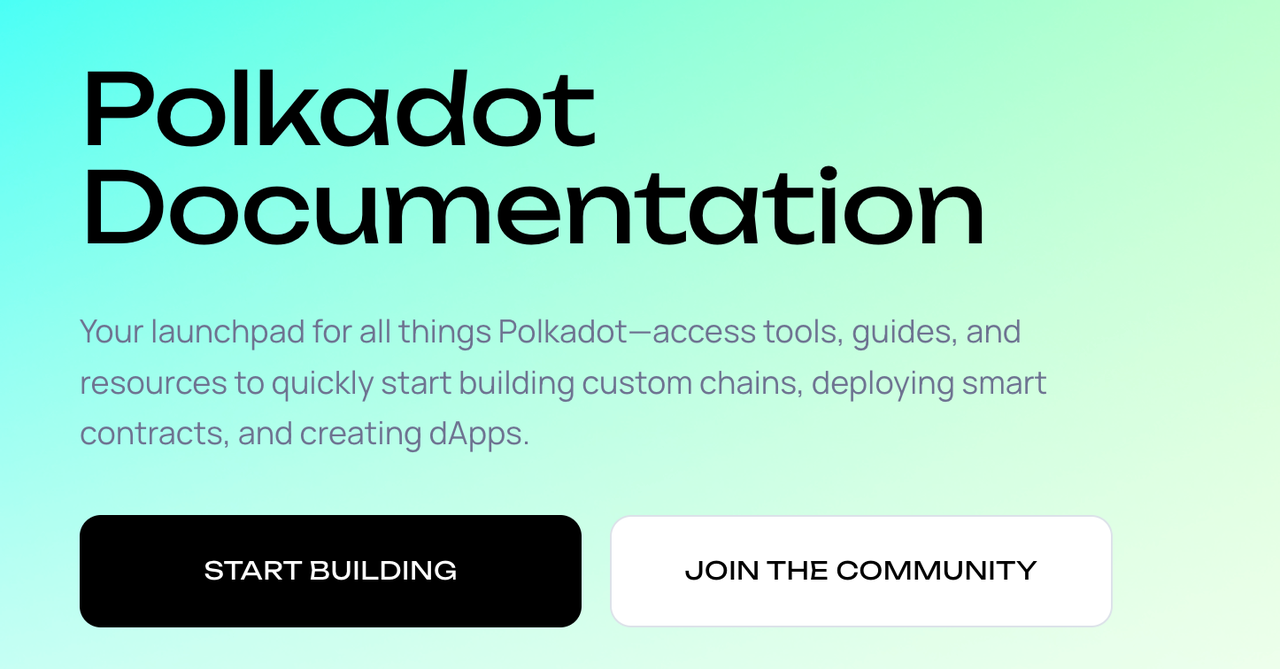
Content migration and creation: transition from existing resources to new platforms
After the overall structure of the Polkadot Developer Documentation Center was completed, the PaperMoon team began the work of content creation, which was a challenging task! The team first sorted out which content could be migrated from Substrate.io or Polkadot Wiki and which content needed to be created from scratch.
Migrating and creating the required content is a highly intensive process . To ensure the integrity of the documentation, the PaperMoon team decided to update and migrate about 50 pages of content to the new documentation center, which means that the initial version will contain more than 80 pages of content. In addition, index pages need to be created, which will help developers navigate more easily and find the content they need.
Throughout the process, the PaperMoon team created about 170 pull requests (PRs) . Each PR was reviewed by a dedicated content review team, which was mainly composed of PaperMoon engineers and assisted by W3F technical educators to ensure technical accuracy. At the same time, a format review team (composed of PaperMoon engineers) was responsible for checking whether the content met the standards of the document. This process lasted about three months and also included other tasks through funding arrangements.
At the same time, the PaperMoon team worked with Distractive to handle the document publishing process, landing pages, legal and brand guidance to ensure the final launch went smoothly.
After all the preparations were completed, the PaperMoon team created an internal draft of the Polkadot Developer Documentation Center for feedback from the W3F and Parity teams. They provided valuable suggestions on content, narrative structure, and product orientation.
Now, the PaperMoon team is ready to release the first version of the Polkadot Developer Documentation Center.
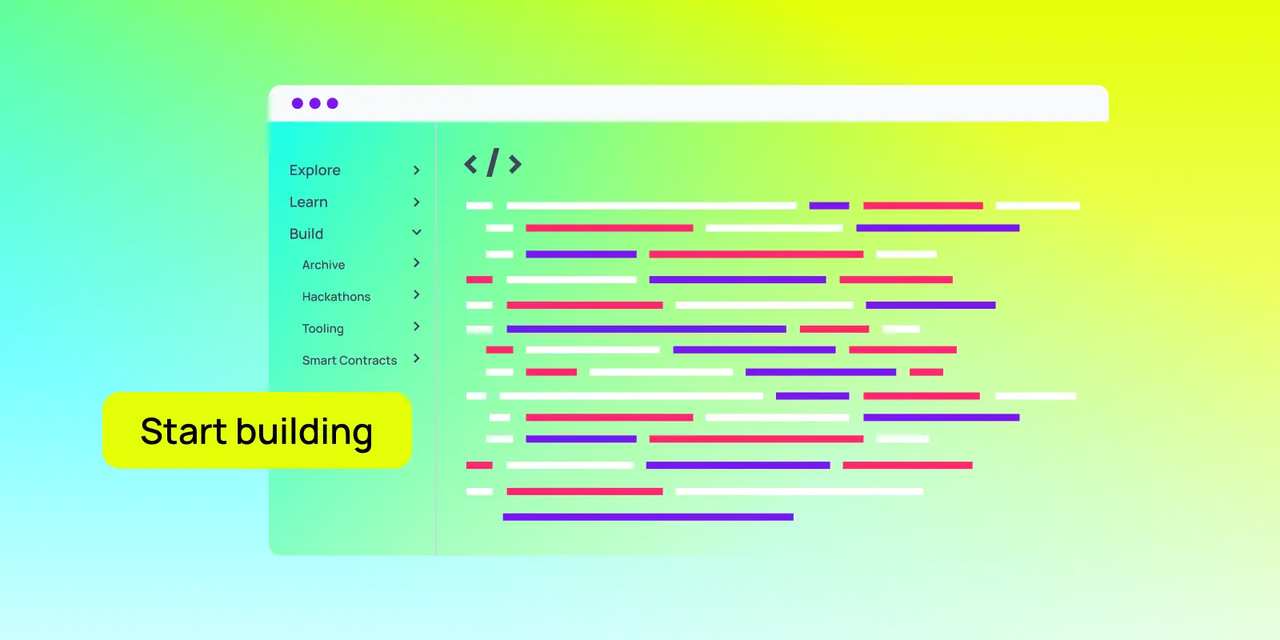
Next step: The beginning of a new journey
With the release of the first version of the Polkadot Developer Documentation Center, the work of the PaperMoon team is not over; in fact, this is just the beginning of a new journey.
After the launch, the PaperMoon team will focus on advancing the following key tasks (among other related matters):
Create a code snippet repository structure : Establish a system for storing and testing all code snippets to ensure that all code examples shown in the documentation work properly.
Establish minimum documentation standards : Extract and create a set of minimum documentation standards from the GitHub repository to ensure that the content is not repeated and updated with each version release. At the same time, the PaperMoon team also plans to contribute code to documented tools to ensure that they meet these standards.
Optimize GitHub runner : Optimize GitHub runner to track new version releases of the product being documented, ensuring that the documentation content is always up to date.
Expanded tutorial content : The PaperMoon team will add tutorials on more topics and provide more practical development examples to help developers better understand and apply the Polkadot ecosystem.
In addition, as Polkadot's 2025 plan gradually unfolds, the PaperMoon team will provide developers with more complete support in terms of documentation to help them successfully build projects on Polkadot. In particular, with the introduction of Ethereum-compatible smart contracts, the PaperMoon team will work with W3F and Parity to promote Polkadot's new smart contract narrative, ensuring that developers are provided with accurate documentation to help them successfully build smart contract-based applications.
Conclusion: Continuous Optimization and Community Building
The Polkadot Developer Documentation Center is an important milestone in the Polkadot ecosystem, bringing together all the resources developers need on one platform, making it easier to build and develop on Polkadot . However, this is just a starting point. A unified documentation center can only play its true value when it is constantly updated and kept in sync with the ecosystem.
If you are building tools or projects on Polkadot, the PaperMoon team invites you to contribute to the documentation center and help the team continue to improve . Whether adding new content, updating existing information, or proposing innovative ideas, every contribution is valuable.
This is open source at its best - driven by the community, for the community. Let's work together to make the Polkadot Developer Documentation Center the go-to resource for developers creating innovative projects.
👉 Visit the Polkadot developer documentation center: https://docs.polkadot.com/


